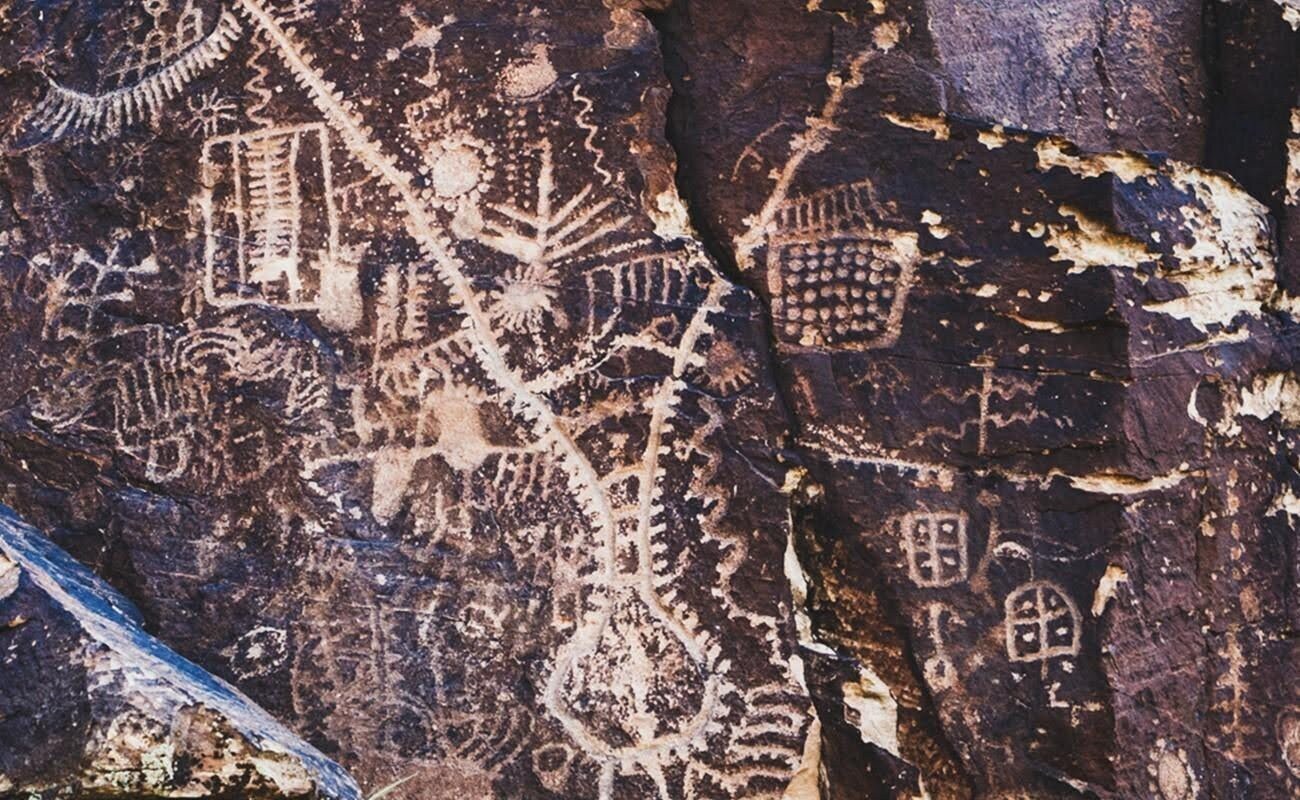Parowan Gap Petroglyphs

Over a thousand years ago, Fremont Indians inhabited southern Utah in an area known as the Parowan Gap. Once a flowing river, the Parowan Gap dried out over time. Erosion by wind and rain have further shaped this 600 foot deep notch or pass used by Natives and newcomers to traverse the Red Hills, a low range of mountains that forms the western border of the Parowan Valley. Hopis, Utes, and Paiutes used this area to travel back and forth to obtain resources and mingle with one another.
About 13 miles west of Parowan are the famous petroglyphs, carved or pecked into the sedimentary rock walls of this historic landmark. Petroglyphs depict images of people, animals and different lines and shapes, although the meaning of some of the depictions remains a mystery. Images of humans, snakes, mountain sheep, and lizards fill the wall panels. Archaeologists believe the gallery represents rock art extending over a thousand years. Some researchers postulate the wall was used for religious purposes and others contend the engravings represent a hunting ritual. One petroglyph depicts a calendrical system indicating when to plant and harvest crops. Zipper Glyph, the most famous petroglyph, depicts the route Paiutes traveled and indicates how long their journey through the gap might take.
The petroglyphs at Parowan Gap are fragile and can be ruined by human touch or by trying to chalk over them. Enjoy them at a distance by taking a photo or sketching them yourself. Everyone shares a responsibility to help preserve archaeological and historically significant sites.
Images


